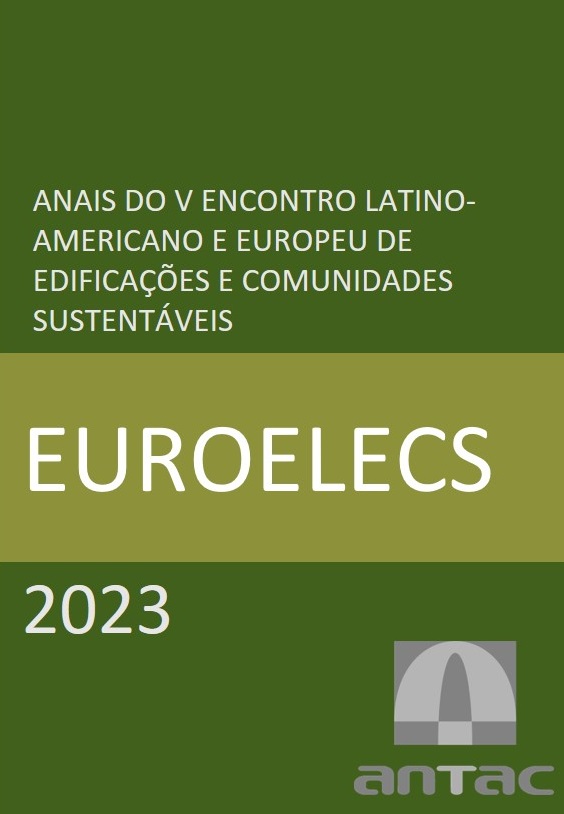PRODUCTION AND APPLICATION OF BIOMATERIALS
A COMPARATIVE STUDY BETWEEN MYCELIUM AND HEMP
Keywords:
Biomaterials, Mycelium, Hemp, Hempcrete, ReviewAbstract
Conventional building materials consume a lot of energy and natural resources, which are becoming increasingly scarce. The greater understanding of climate change and environmental impacts has increased interest in the search for more efficient and alternative materials to conventional ones, such as biomaterials: bamboo, hemp, mycelium, flax, among others. They stand out for their low cost, from the use of cheaper natural resources, and for their low environmental impact and carbon footprint, by consuming less energy in their production and totally biodegradable. The objective of this work was to analyze the relationships between two of these unconventional biomaterials: mycelium and hemp, analyzing their physical and mechanical properties, as well as the possible applications with these materials, correlating the data found in the literature, through a synthesis table. From the literature review it was possible to verify the advantages and disadvantages of each material, identifying the existing scientific gaps for future research.
References
Abdelhady, O.; Spyridonos, E.; Dahy, H. (2023). Bio-Modules: mycelium-based composites forming a modular interlocking system through a computational design towards sustainable architecture. Designs. Egito, p. 20. Disponível em: <https://doi.org/10.3390/designs7010020>
Brasil. Nações Unidas. (2022). População mundial chegará a 8 bilhões em novembro de 2022. 2022. Disponível em:<https://brasil.un.org/pt-br/189756-popula%C3%A7%C3%A3o-mundial-chegar%C3%A1-8-bilh%C3%B5es-em-novembro-de-2022>
Gaujena, B. et al. (2020). Analysis of Thermal Parameters of Hemp Fiber Insulation. Energies. Latvia, p. 6385. Disponível em: <https://doi.org/10.3390/en13236385>
Girometta, C.; Picco, A. M.; Baiguera, R. M.; Dondi, D.; Babbini, S.; Cartabia, M.; Pellegrini, M.; Savino, E. (2019). Physico-Mechanical and Thermodynamic Properties of Mycelium-Based Biocomposites: a review. Sustainability. Itália, p. 281. Disponível em: <https://doi.org/10.3390/su11010281>
Global alliance for buildings and construction, (2019), Relatório da Global Alliance aponta o caminho para reduzir o impacto da construção civil. Disponível em: <https://www.unep.org/pt-br/noticias-e-reportagens/comunicado-de-imprensa/relatorio-da-global-alliance-aponta-o-caminho-para>
Jones, M.; Mautner, A.; Luenco, S.; Bismarck, A.; John, S. (2020). Engineered mycelium composite construction materials from fungal biorefineries: a critical review. Materials & Design. Austrália. Disponível em: <https://doi.org/10.1016/j.matdes.2019.108397>
Kallakas, H. et al. (2018). Mechanical and physical properties of industrial hemp-based insulation materials. Proceedings Of The Estonian Academy Of Sciences. Estônia, p. 183-192. 03 maio 2018. Disponível em: <https://doi.org/10.3176/proc.2018.2.10>
Yadav, M.; Saini, A. (2022). Opportunities & challenges of hempcrete as a building material for construction: an overview. Materials Today: Proceedings. Rajasthan, p. 2021-2028. Disponível em:< https://doi.org/10.1016/j.matpr.2022.05.576>

